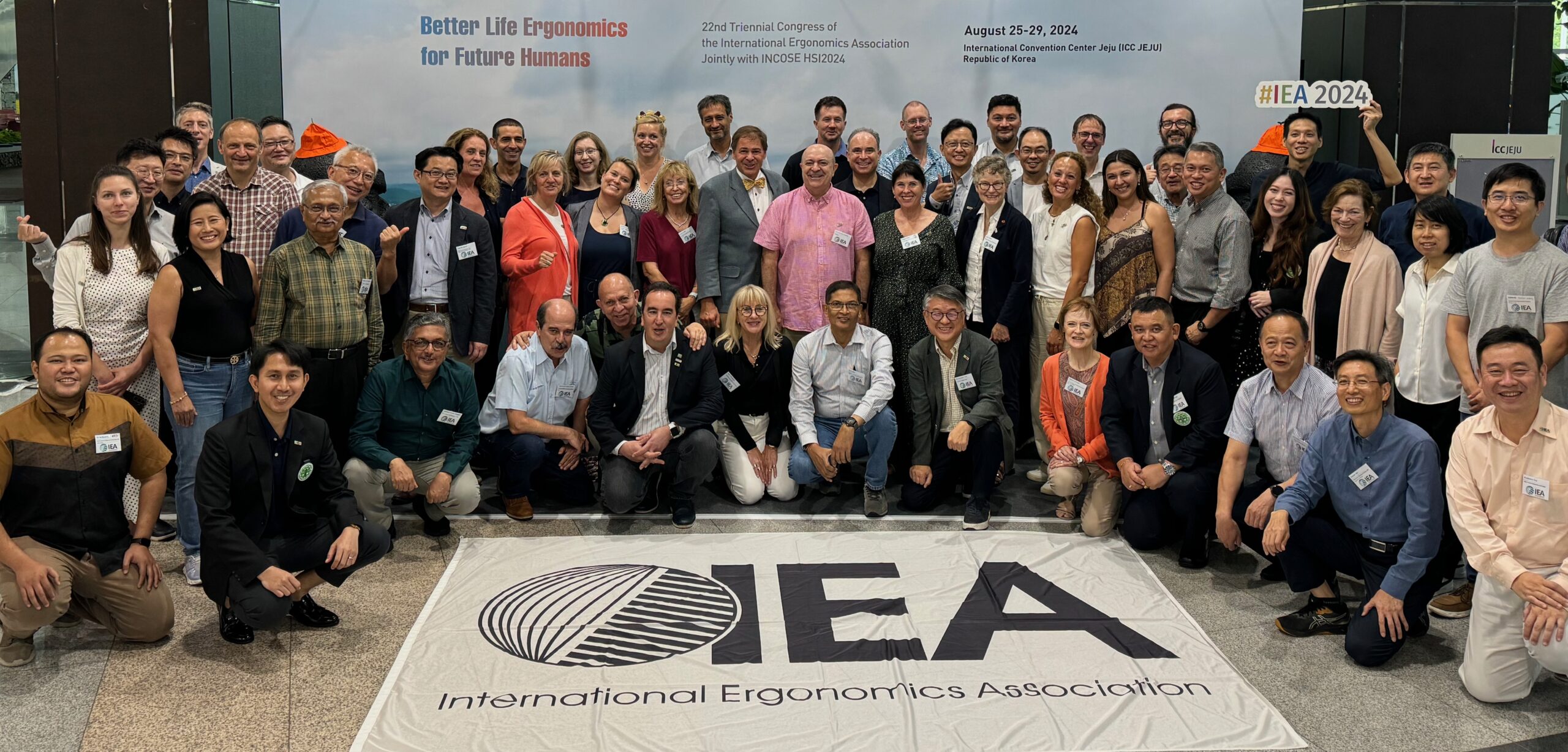
Legal Status
The International Ergonomics Association (IEA) is the international federation of ergonomics and human factors societies from around the world. It is constituted as a non-profit international organisation registered in the municipality of Thônex, Geneva, Switzerland, pursuant to article 60 et seq of the Swiss Civil Code.
Structure of The IEA
The IEA is a coalition of Federated Societies. Additionally it has Affiliated Societies, IEA Networks, and IEA Sustaining Members within the membership of the Association.
The governing body of the IEA is the Council, which consists of representatives of the Federated Societies and the elected Officers. The Council makes all major decisions concerning the IEA, including bylaw changes, general policy, admissions, election of officers, choice of venue for IEA Council meetings and congresses and the budget. The Council admits all new members of the IEA in any category and may terminate membership. Representatives of the Affiliated Societies and networks may attend the Council meetings as observers.
The Officers of the IEA are the President, Vice President / Secretary General, and Vice President / Treasurer. The Officers are responsible for the management of the IEA affairs, in accordance with the IEA mission and goals.
The Executive Committee consists of the Officers, Chairs of the IEA Standing Committees and ex-officio members. The immediate Past President of the IEA and the Chairman of the next IEA Triennial Congress are ex-officio members of the Executive Committee. Other ex-officio members may be appointed by the President. The Executive Committee is responsible for the management of IEA activities and programs in accordance with the objectives of the IEA.
Technical Committees are formed as specific interest platforms to discuss and exchange up-to-date information on particular HFE fields.
Past IEA Officers and Congresses
See current and previous messages from the EC here.
